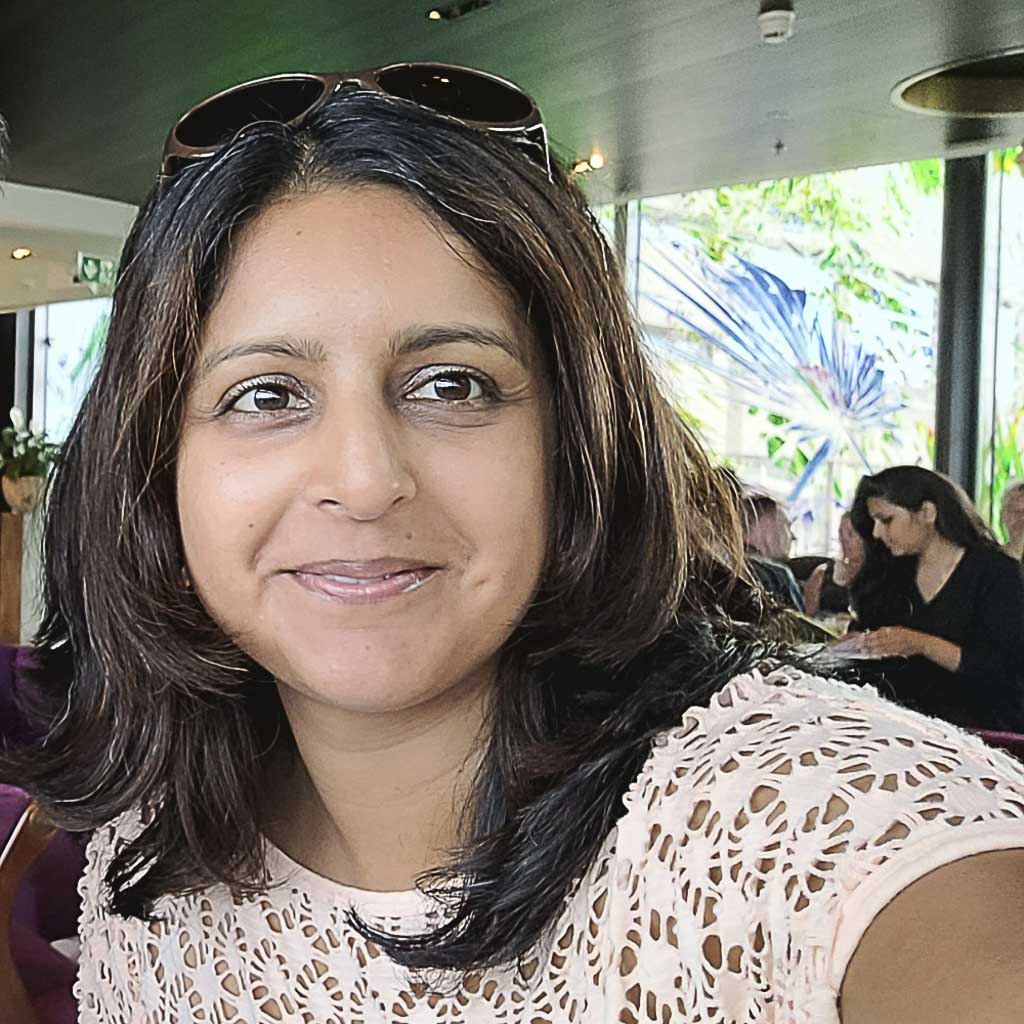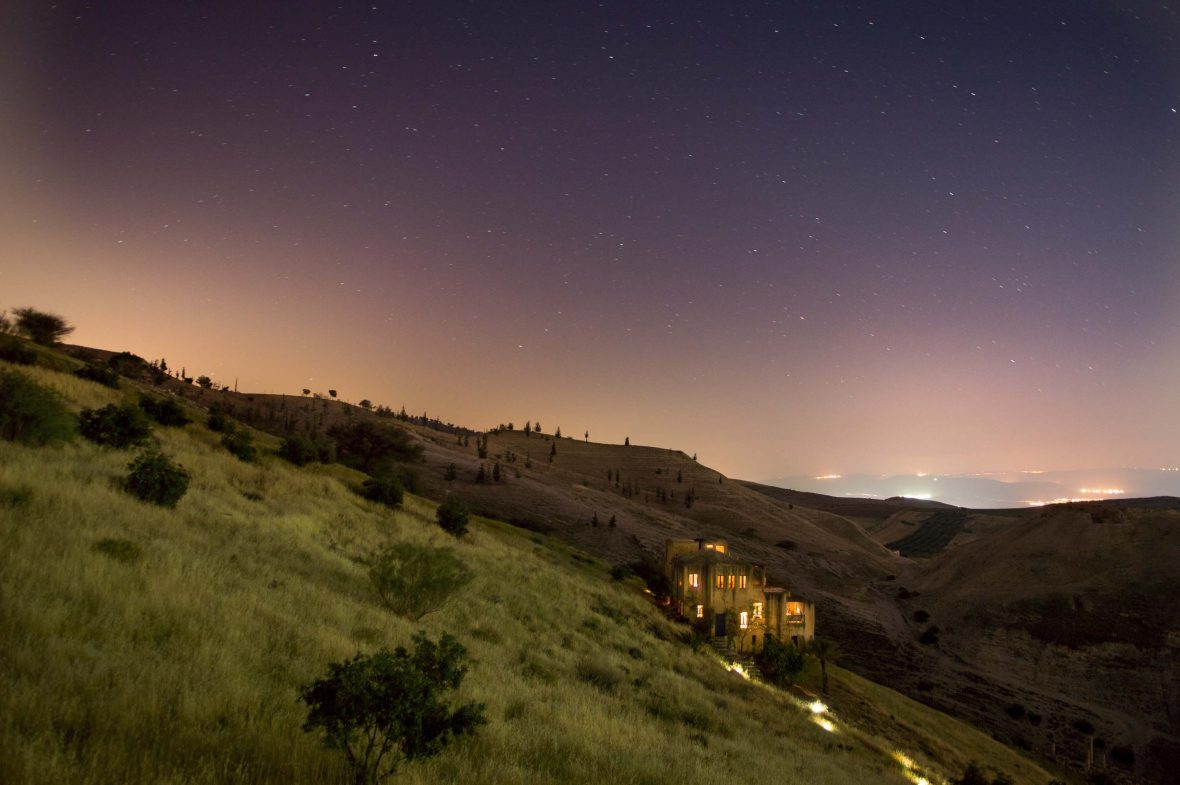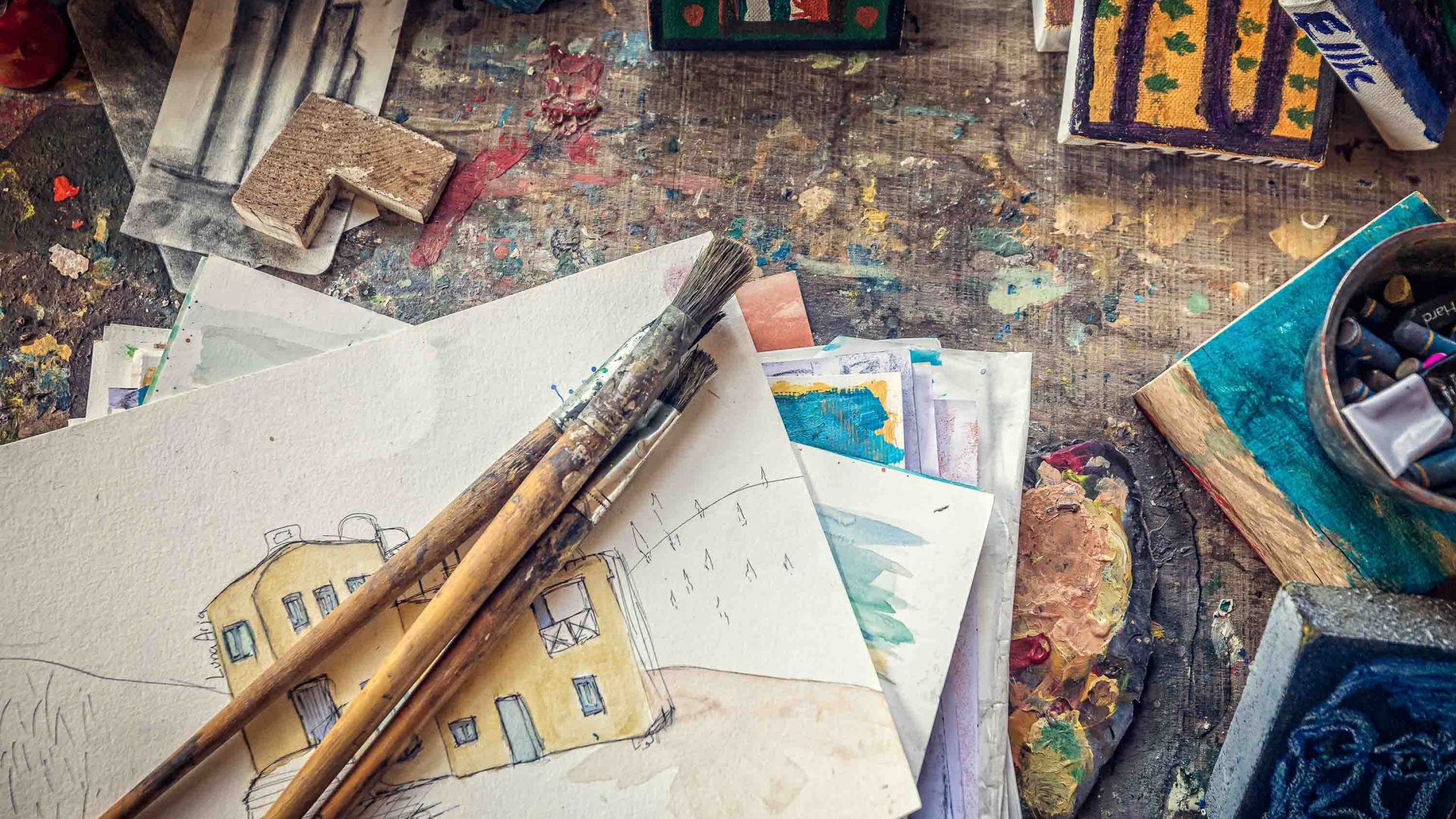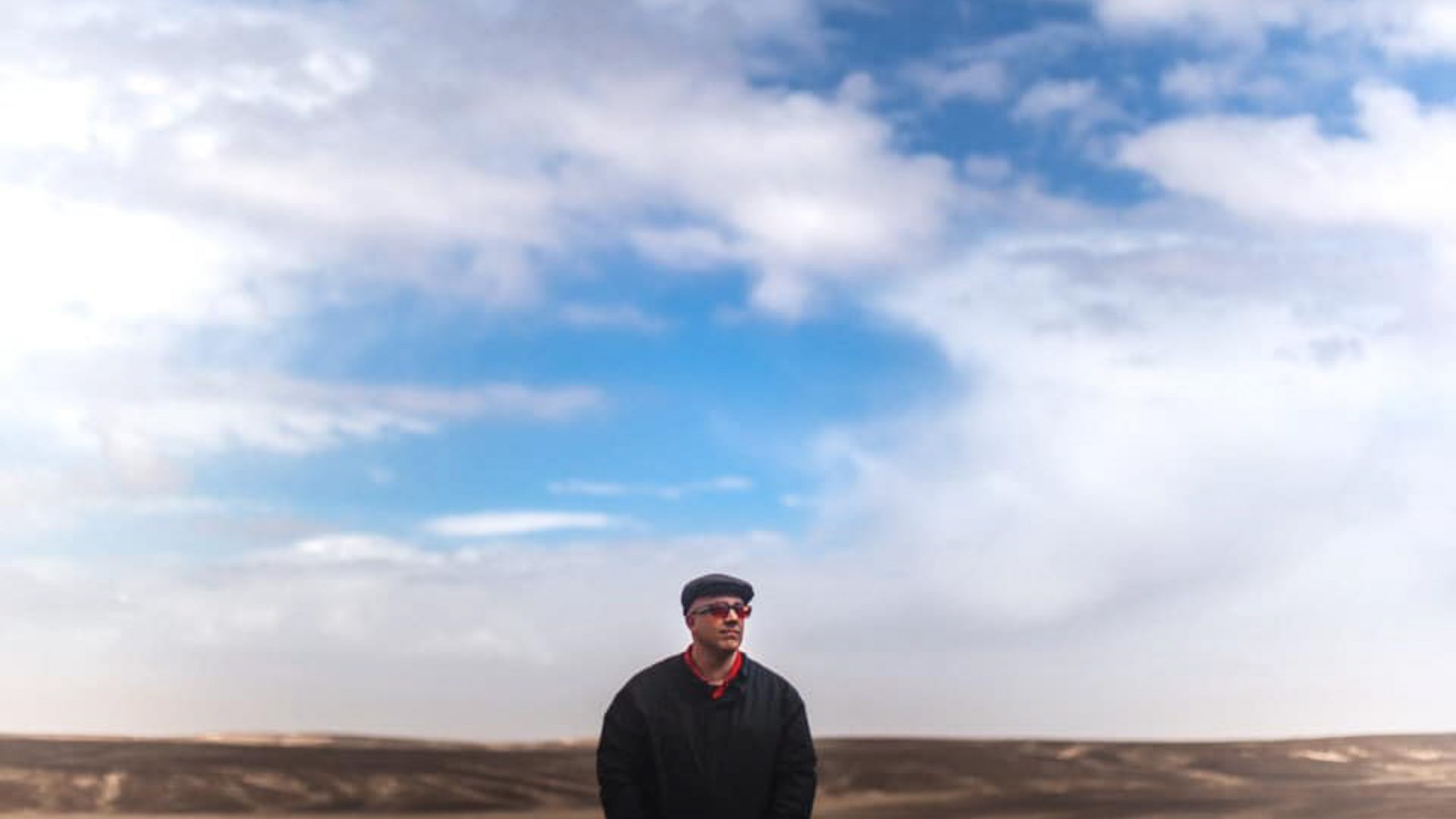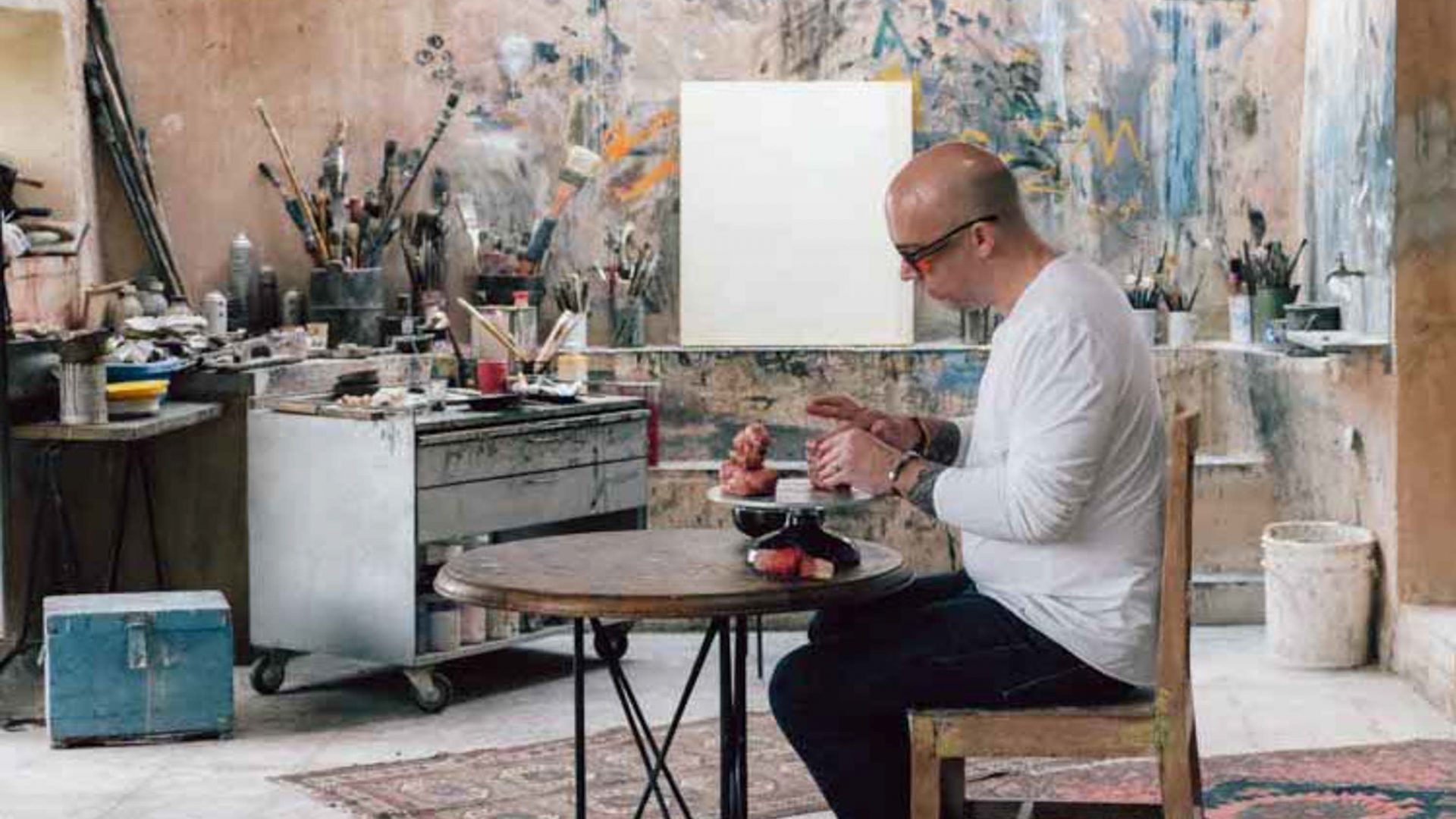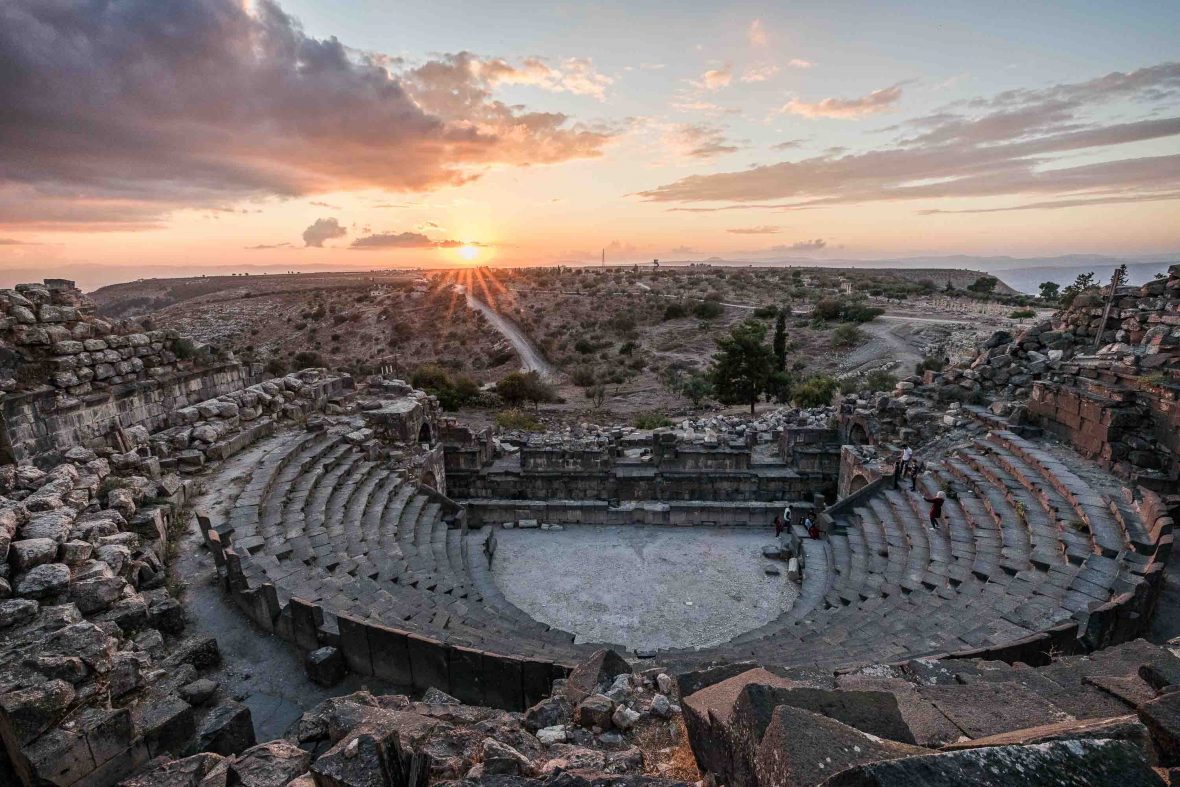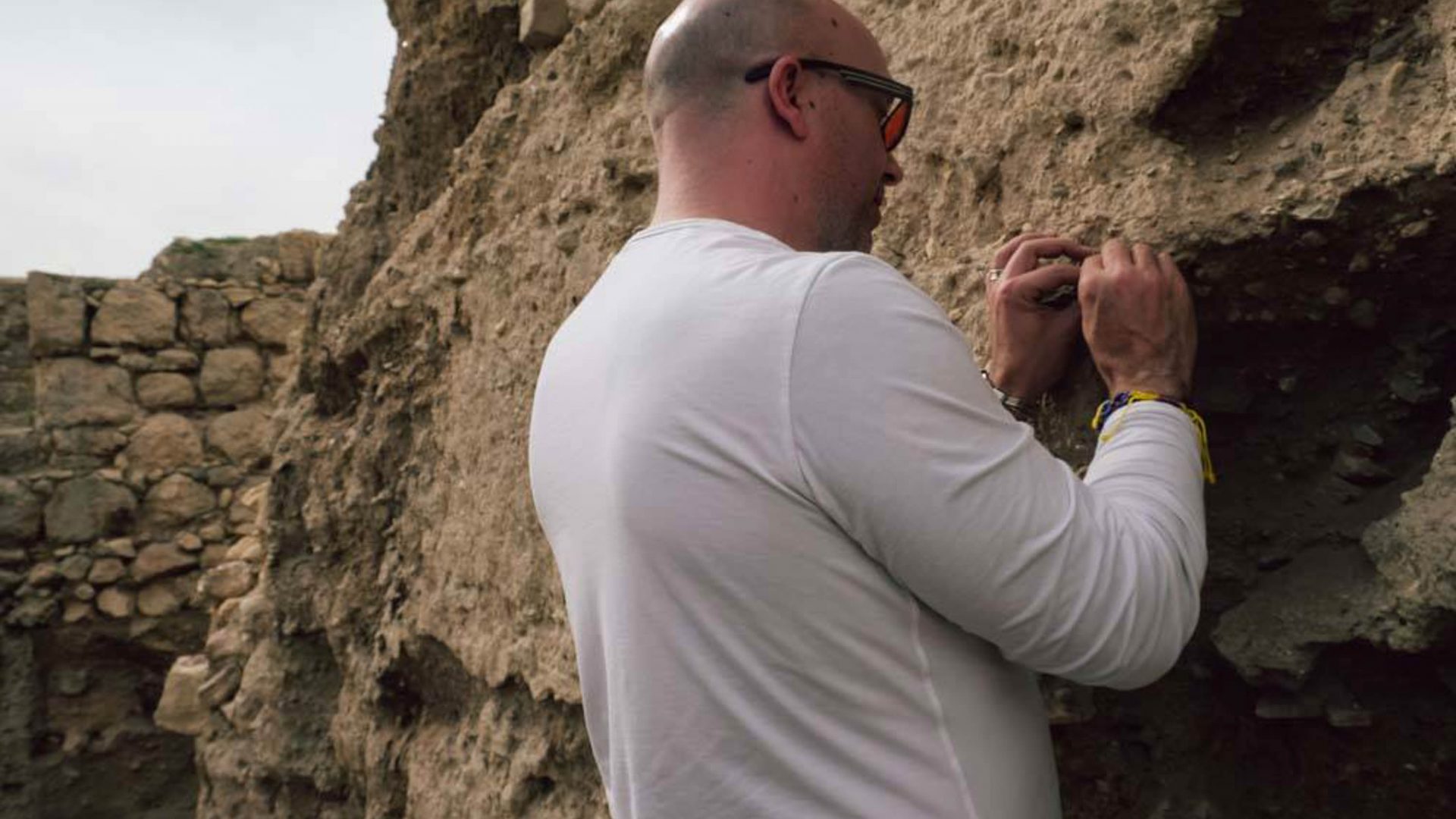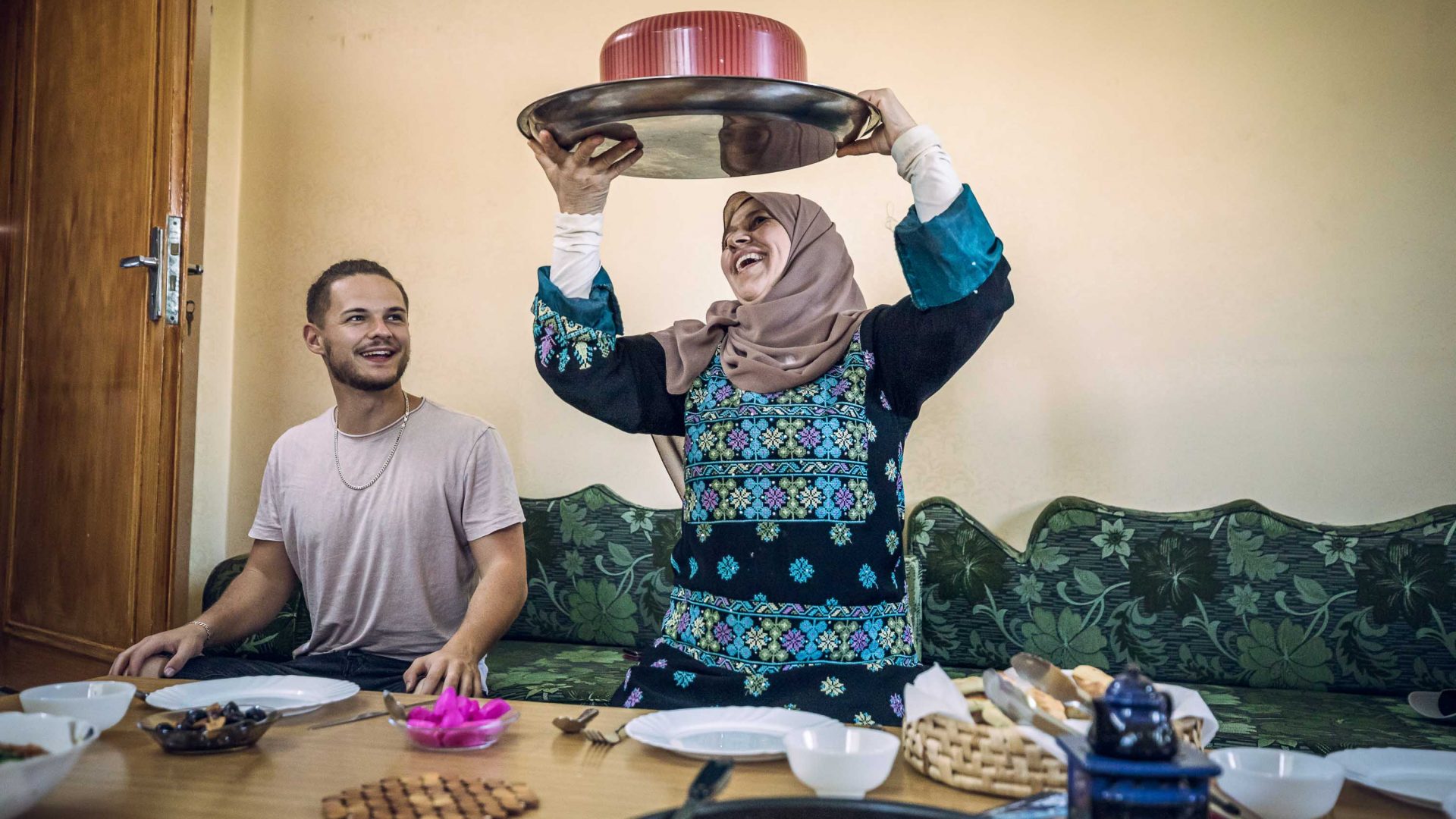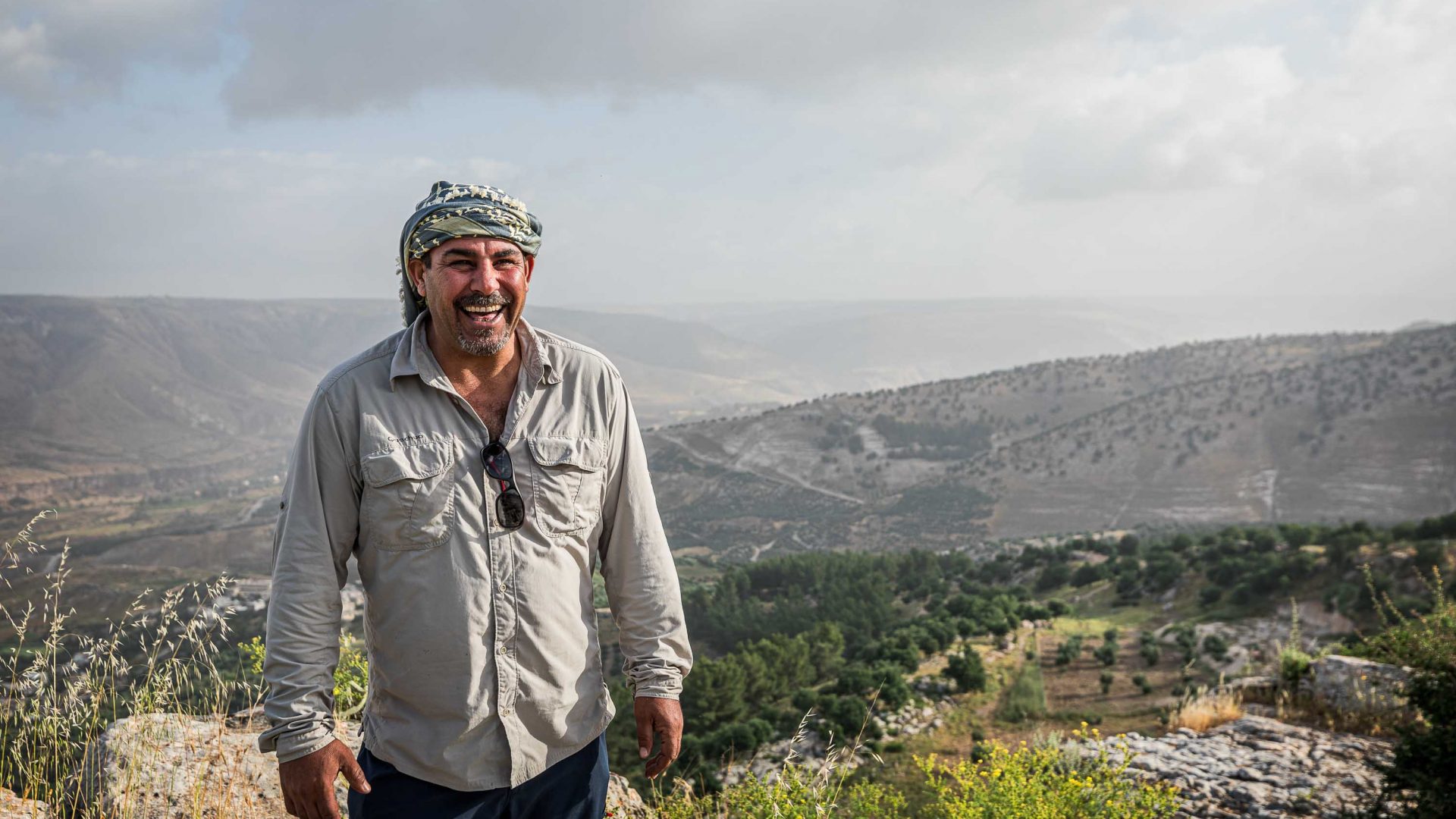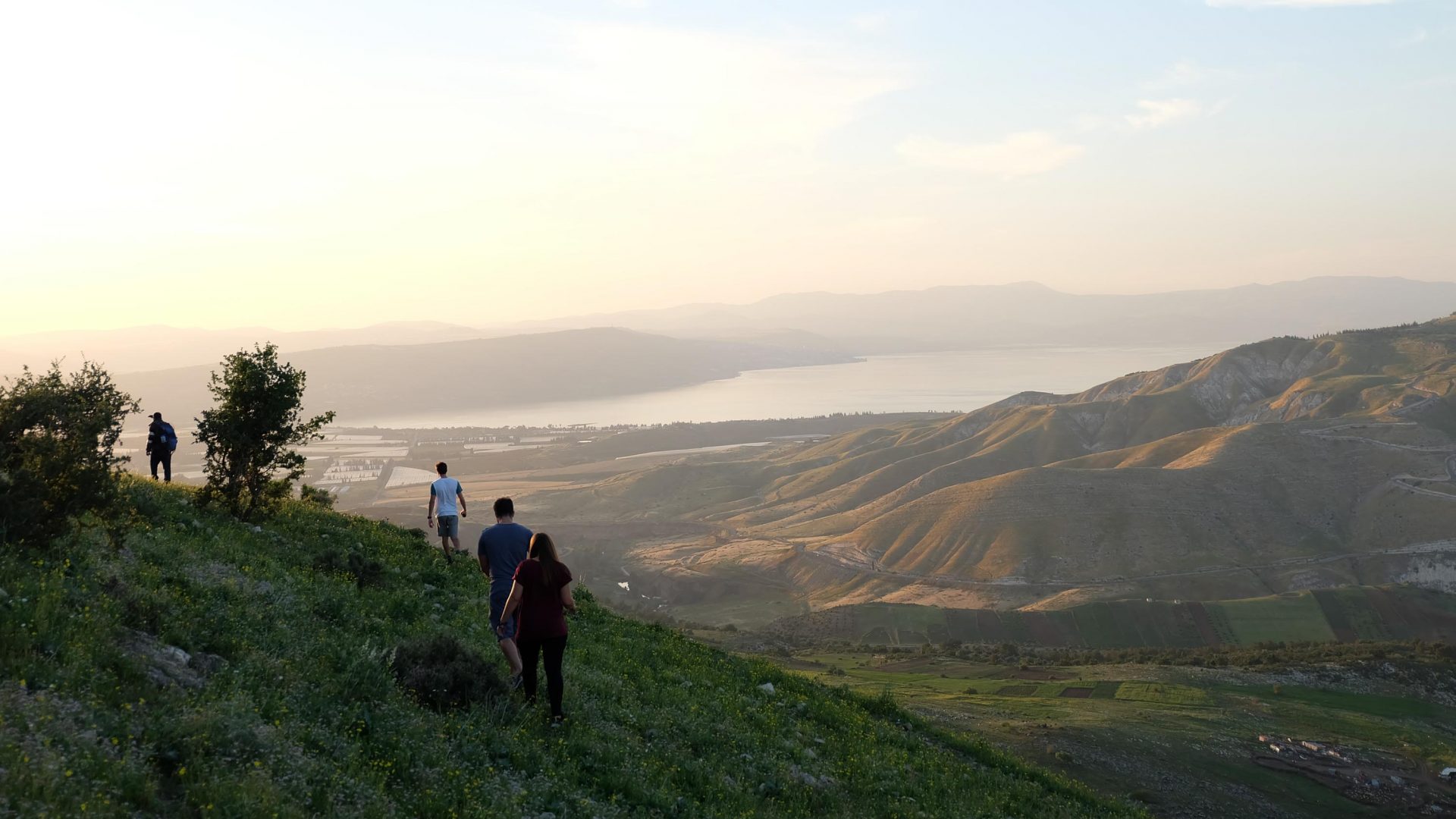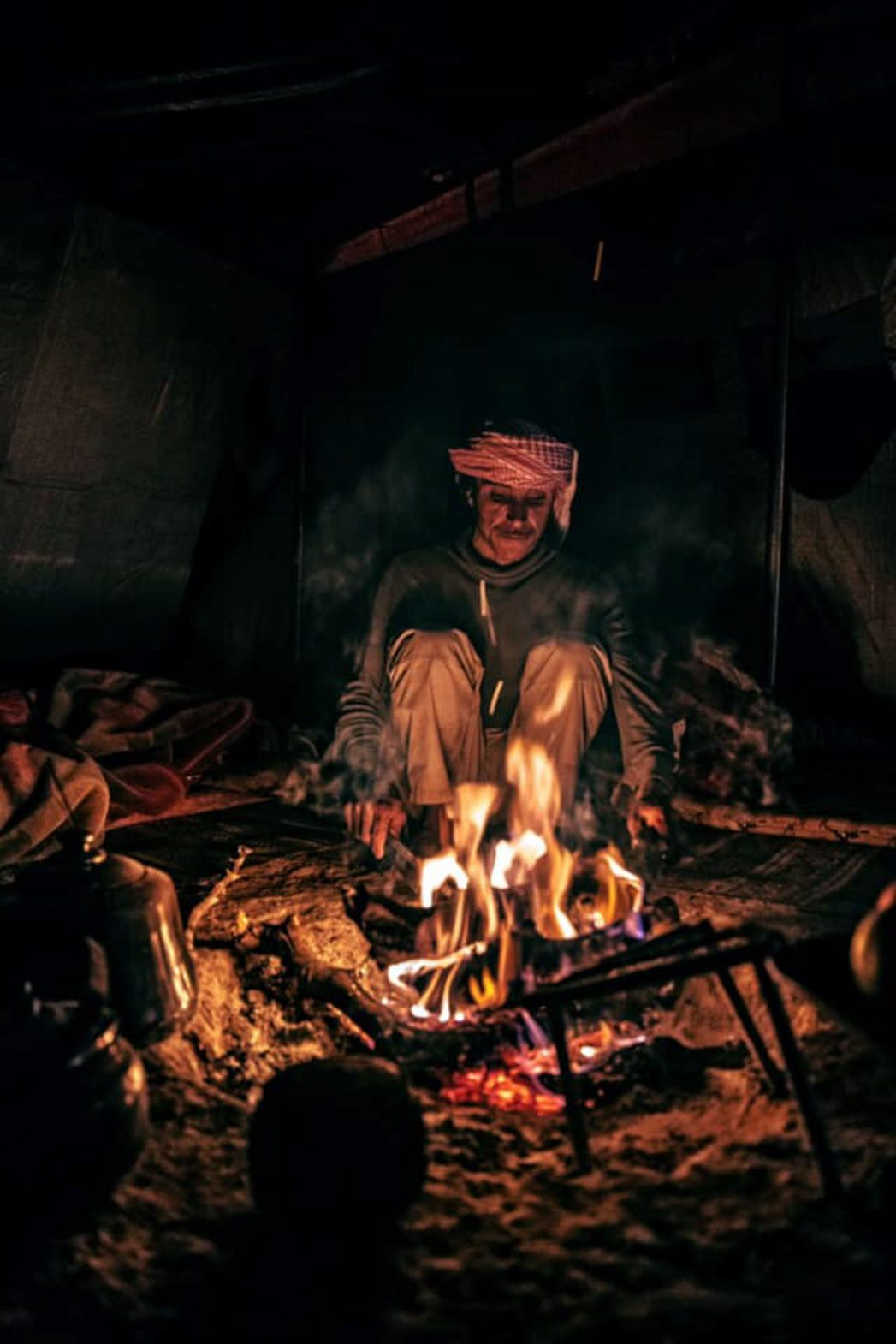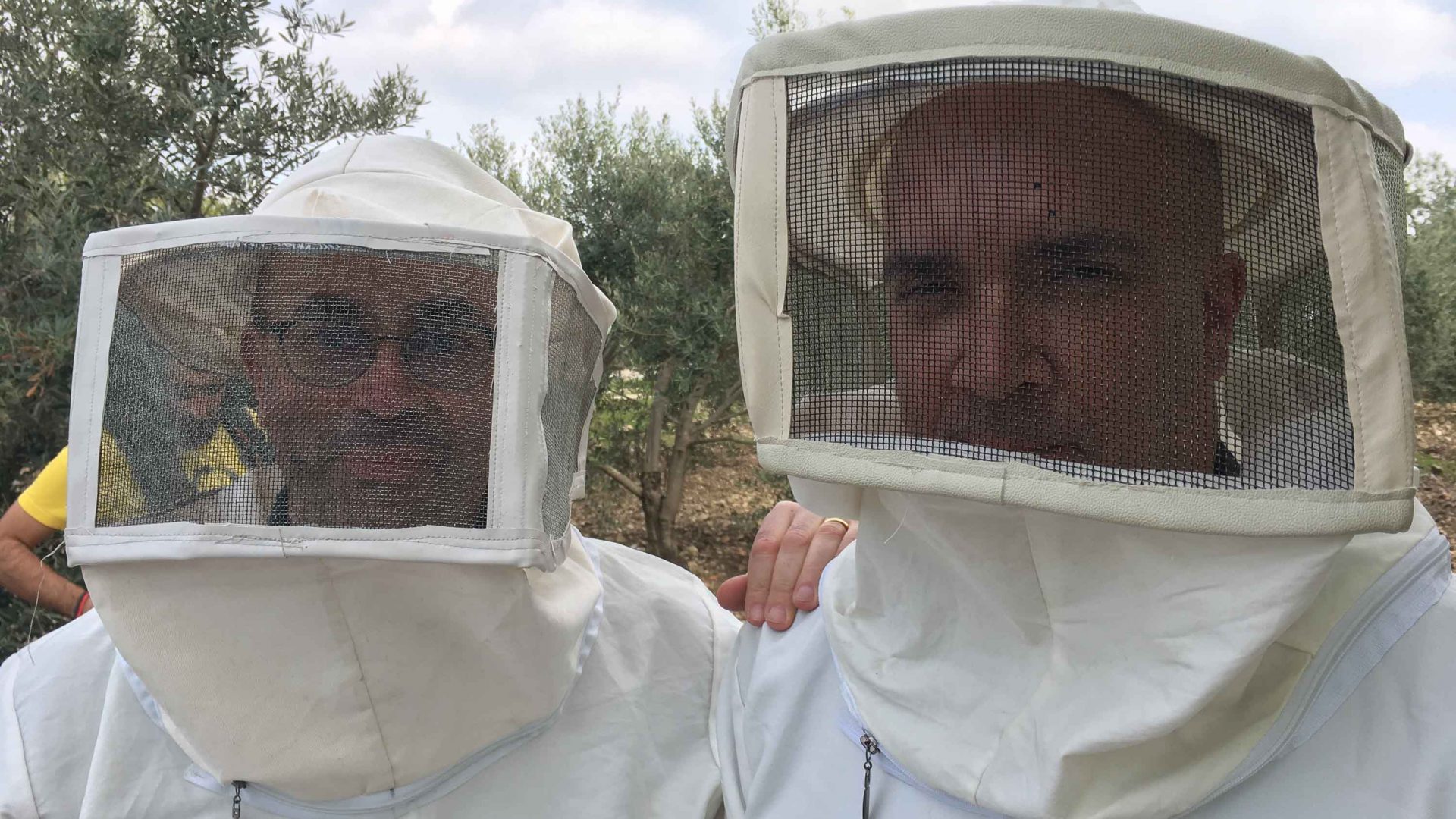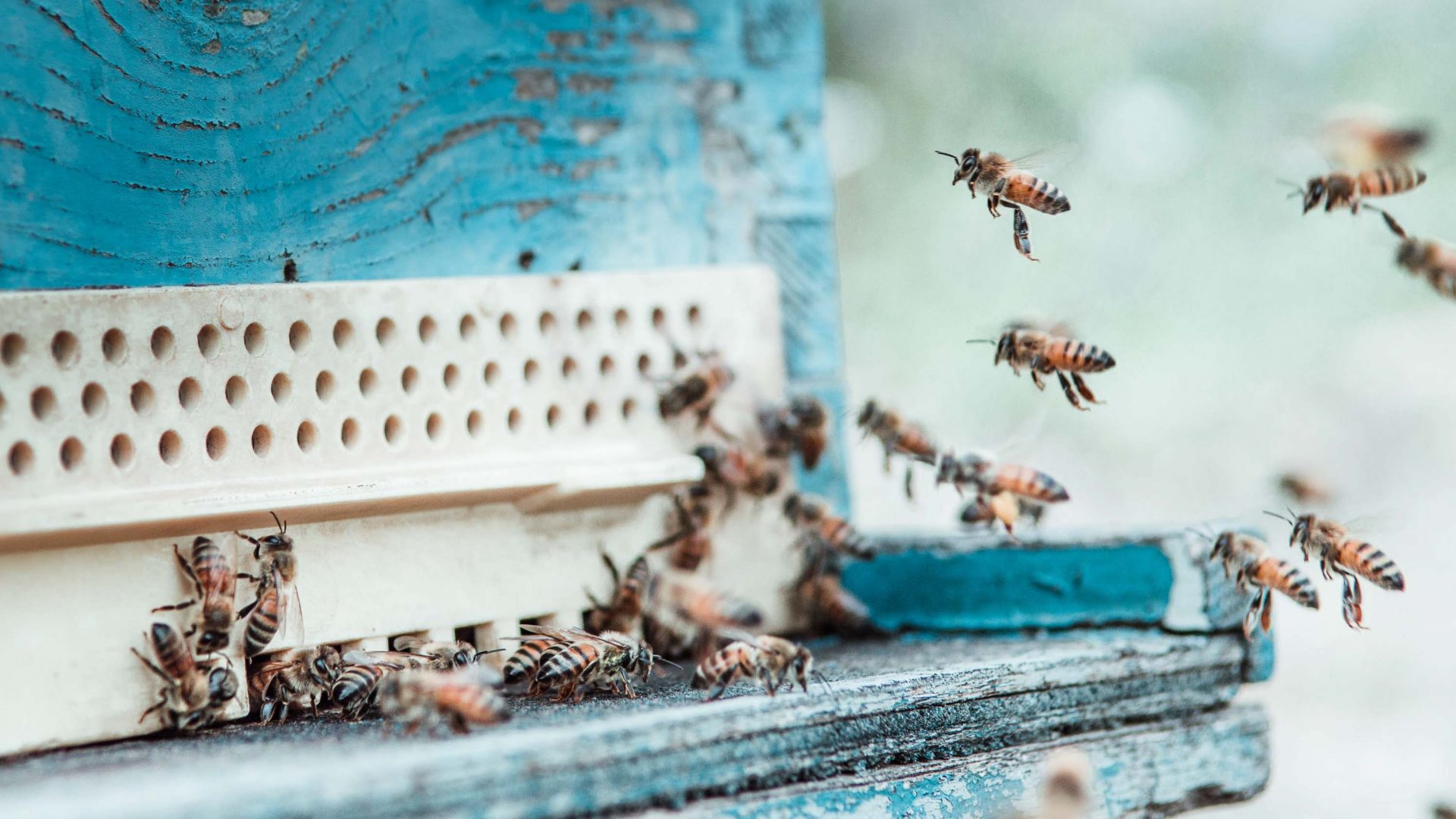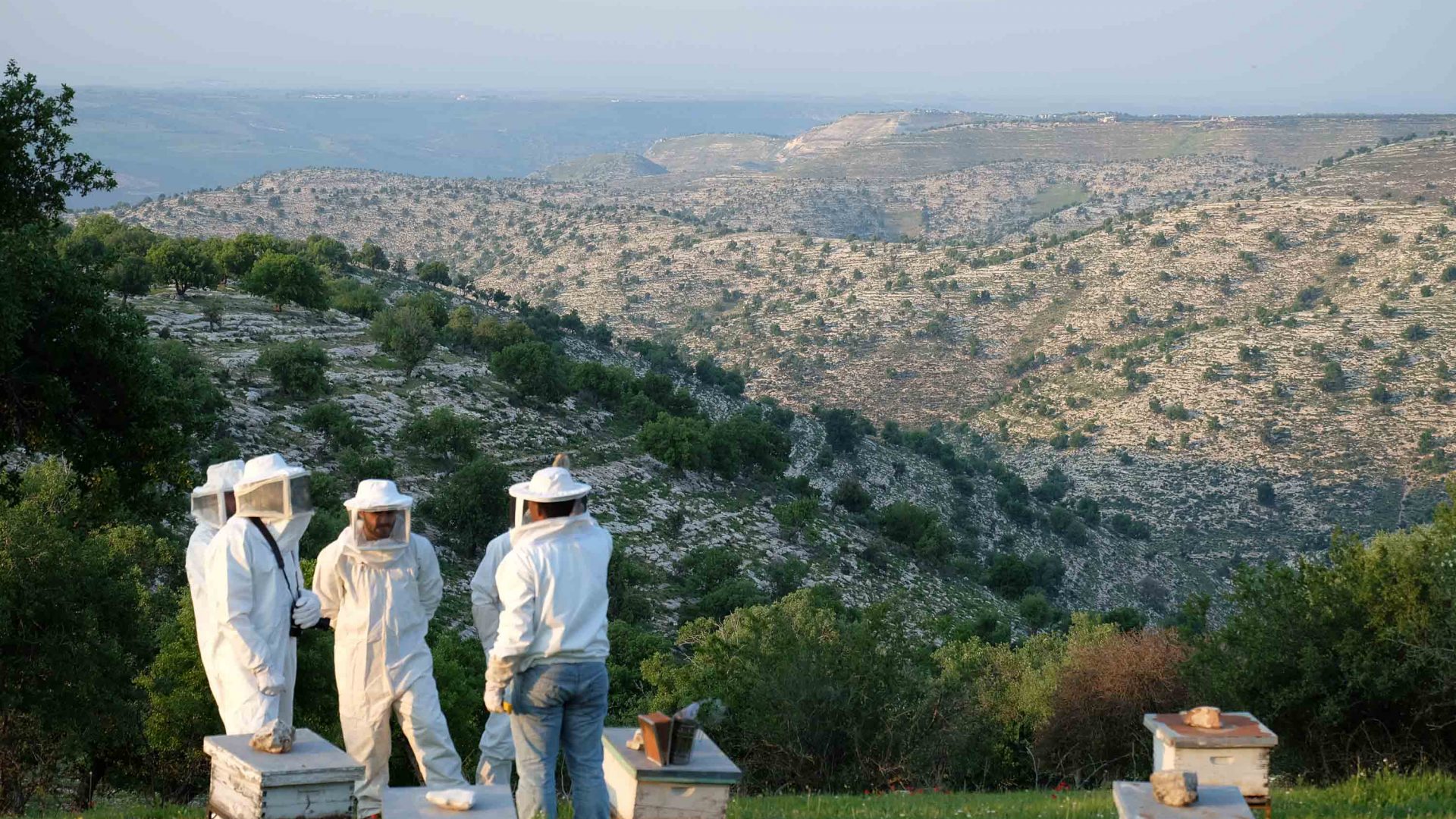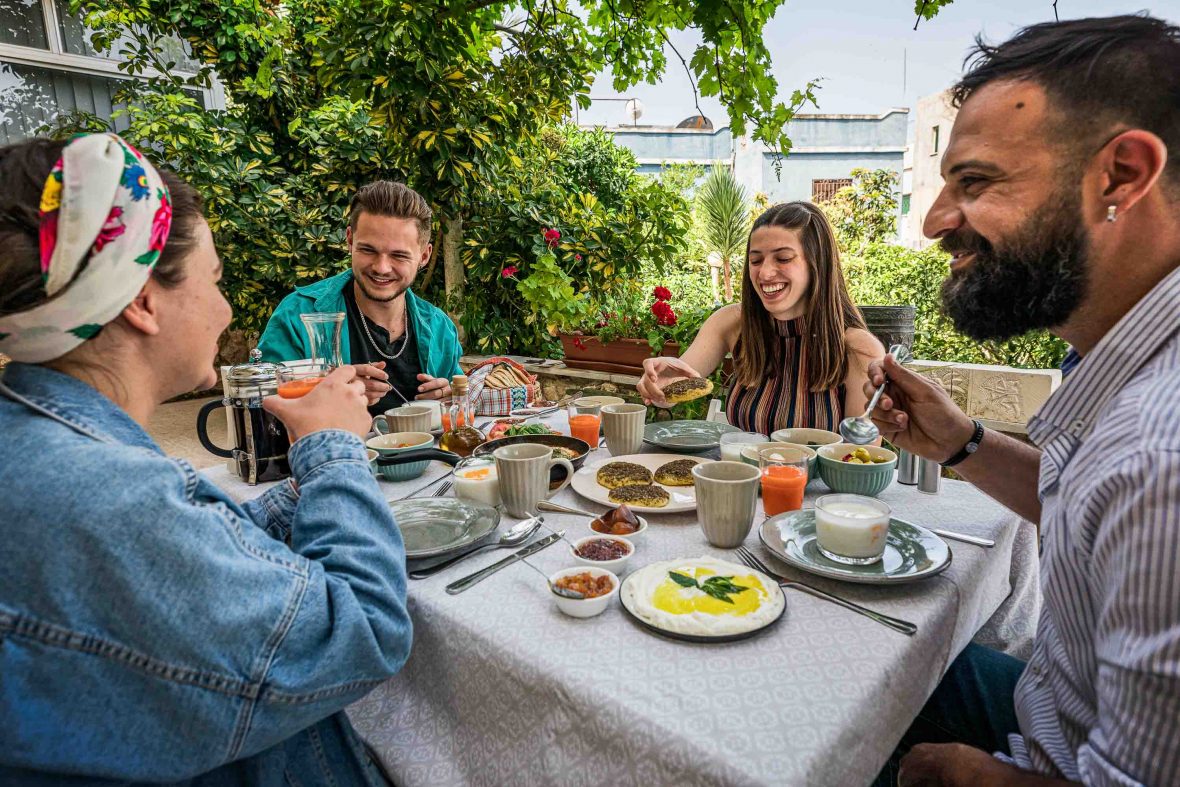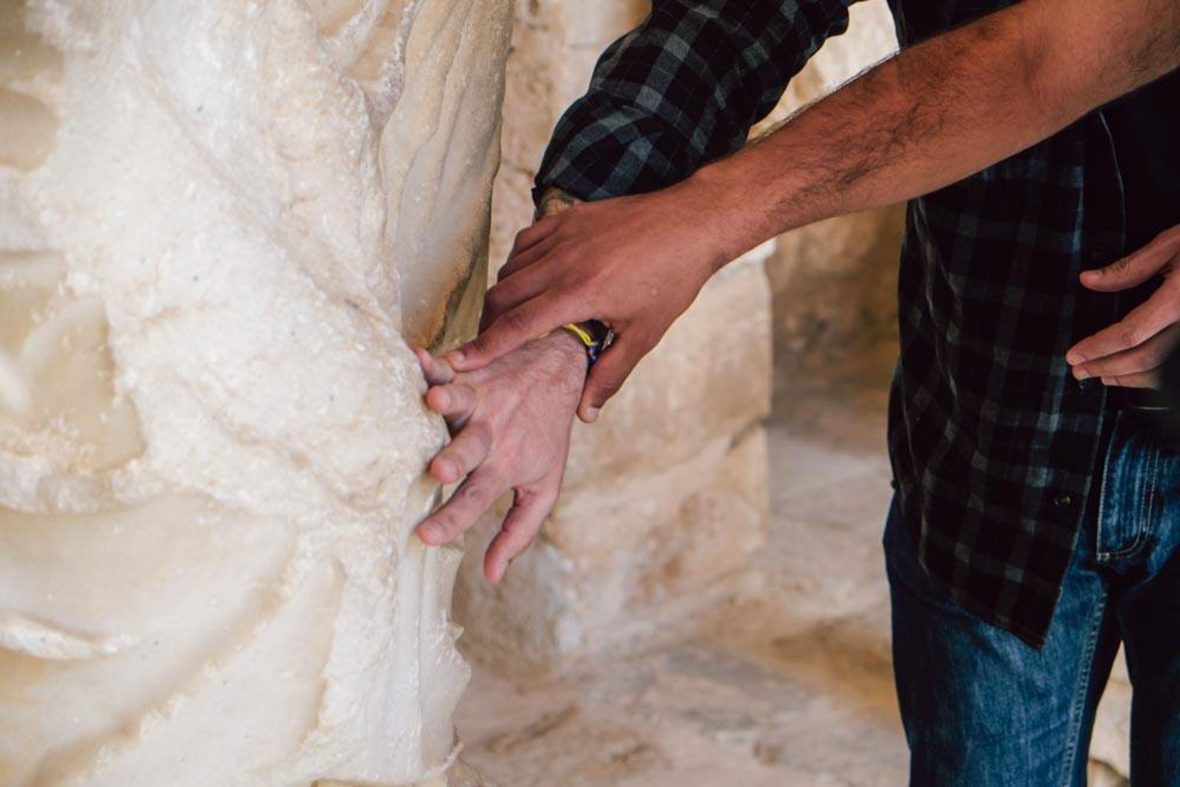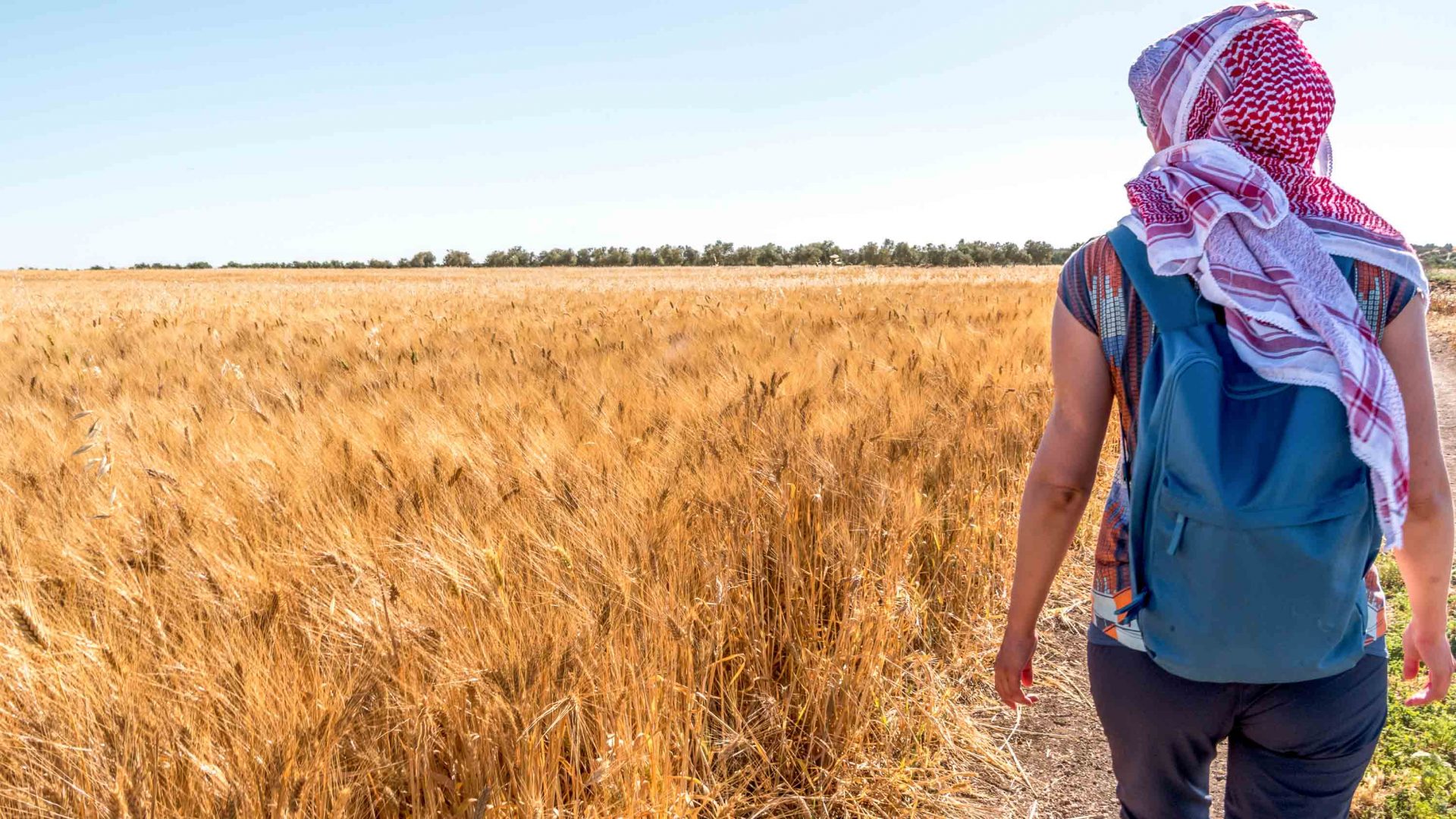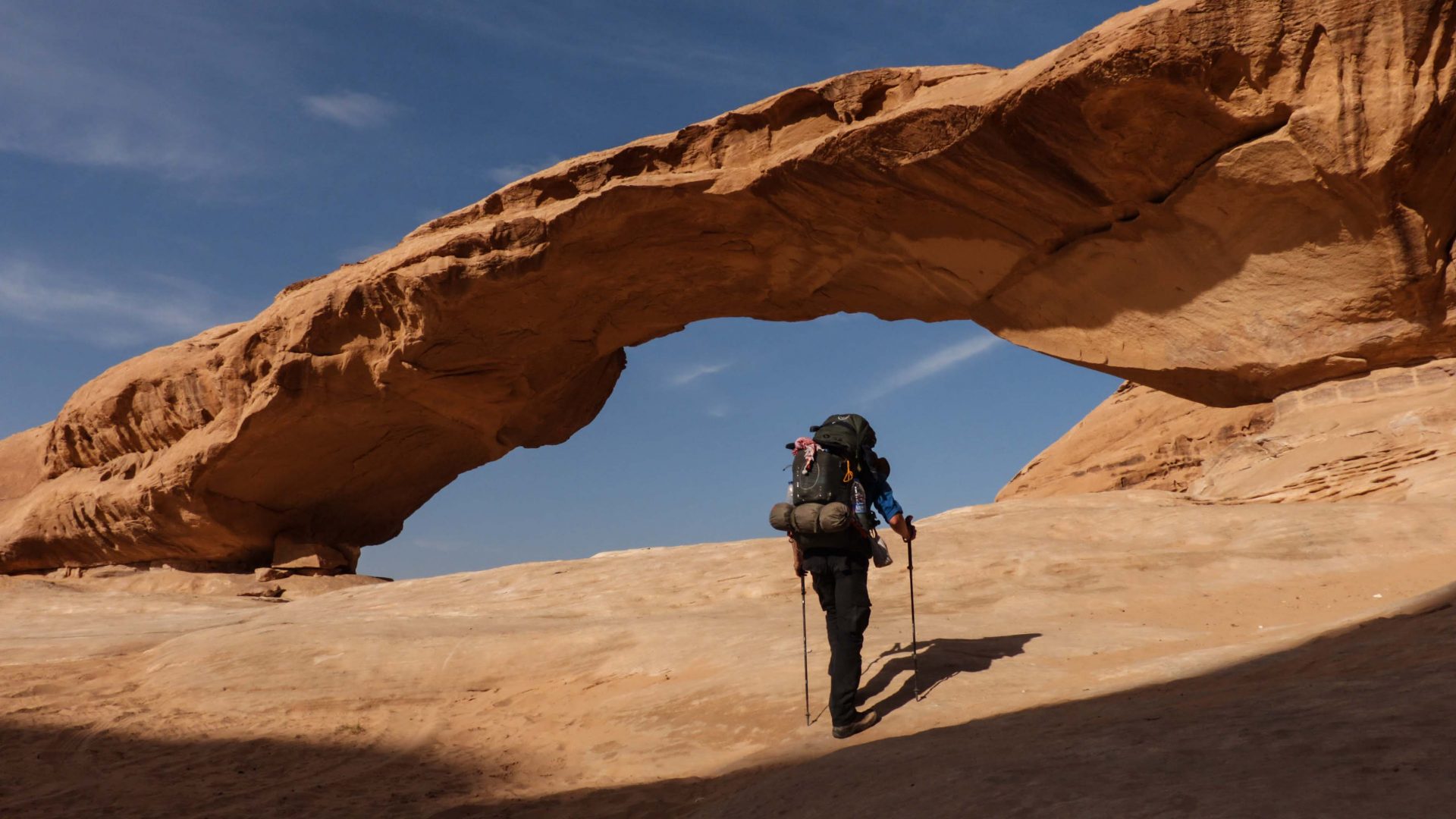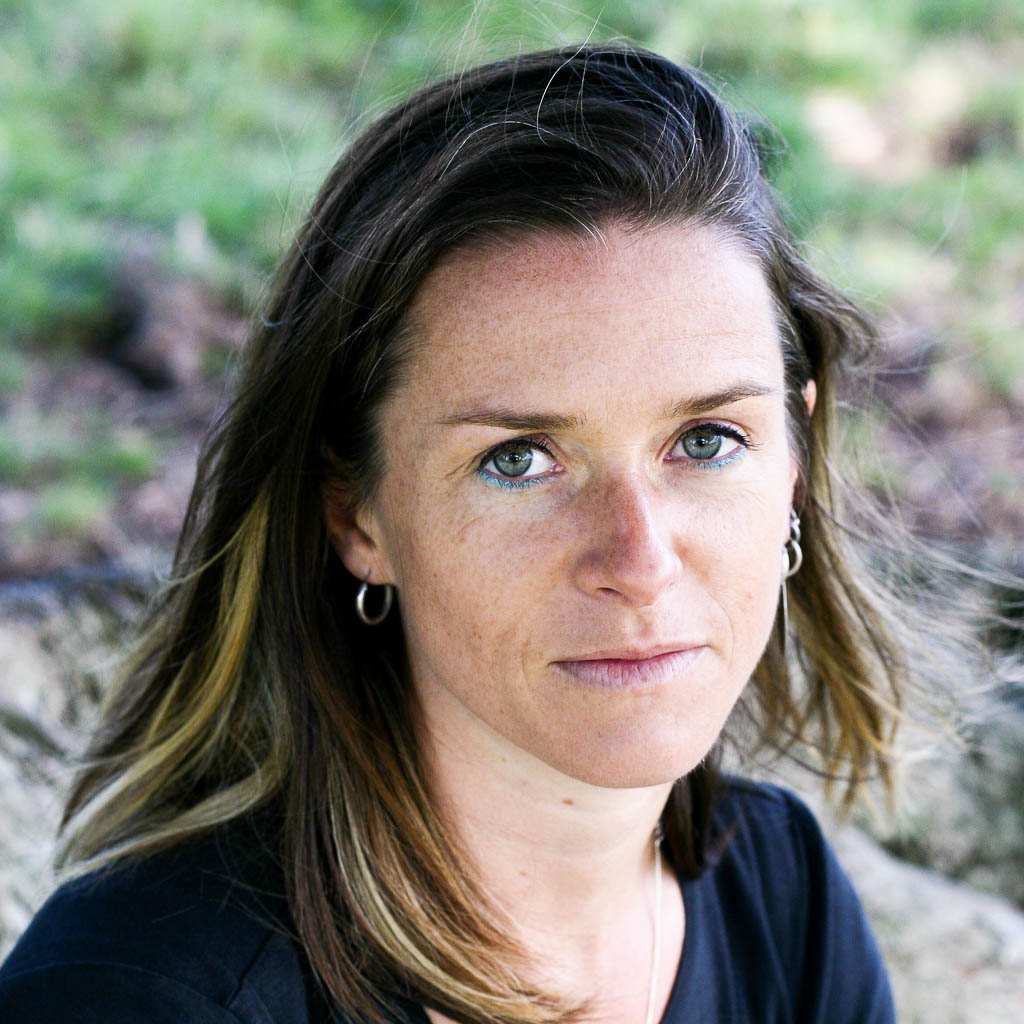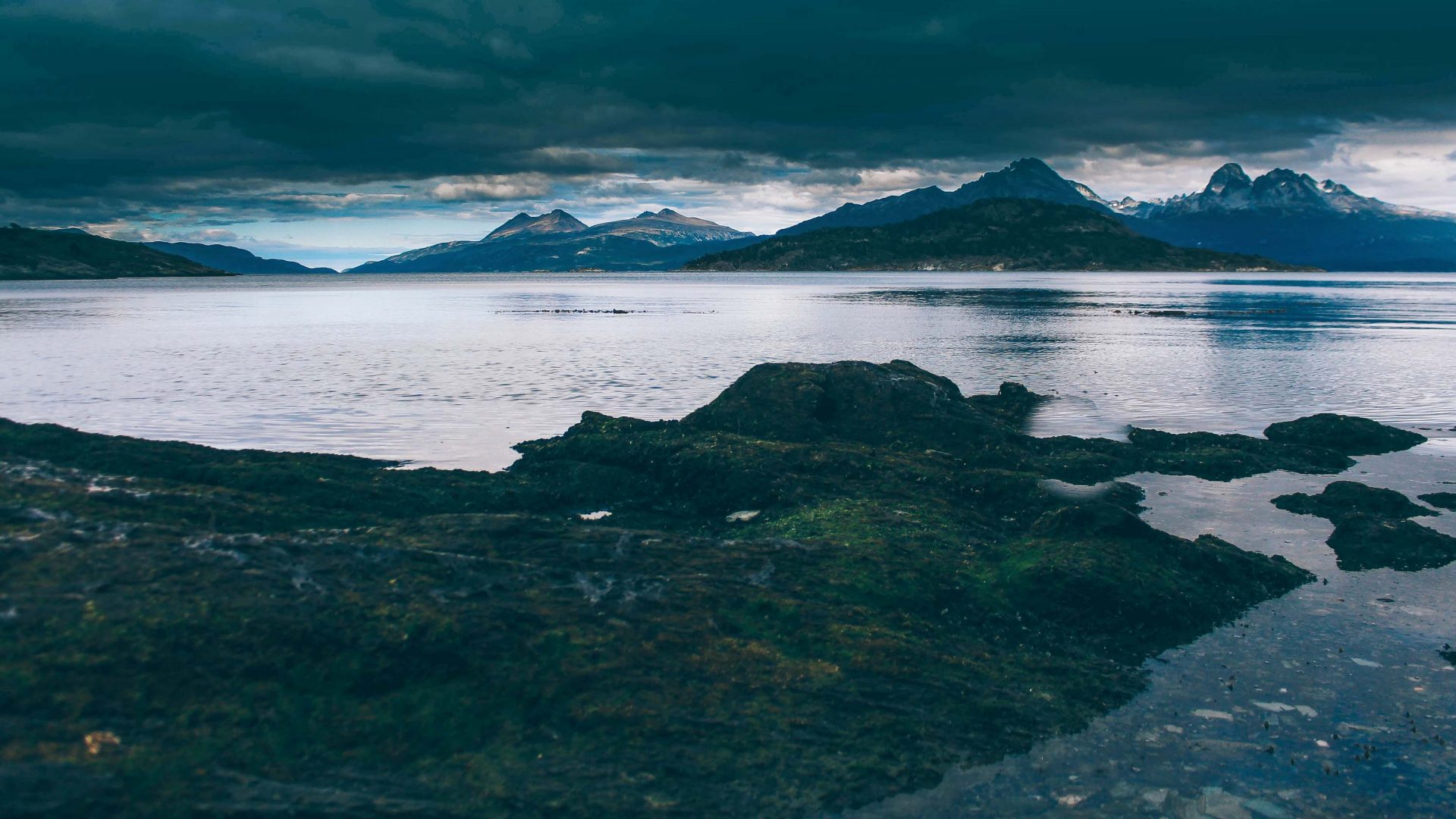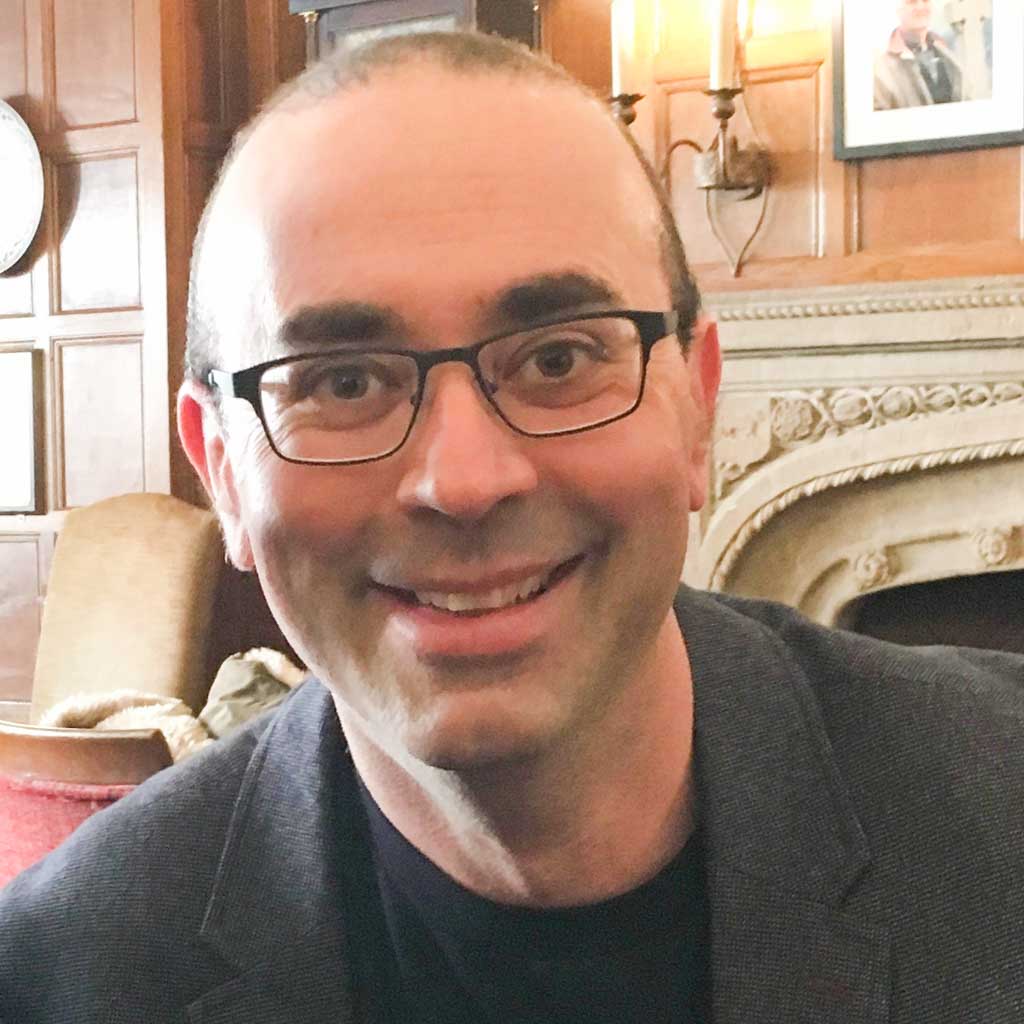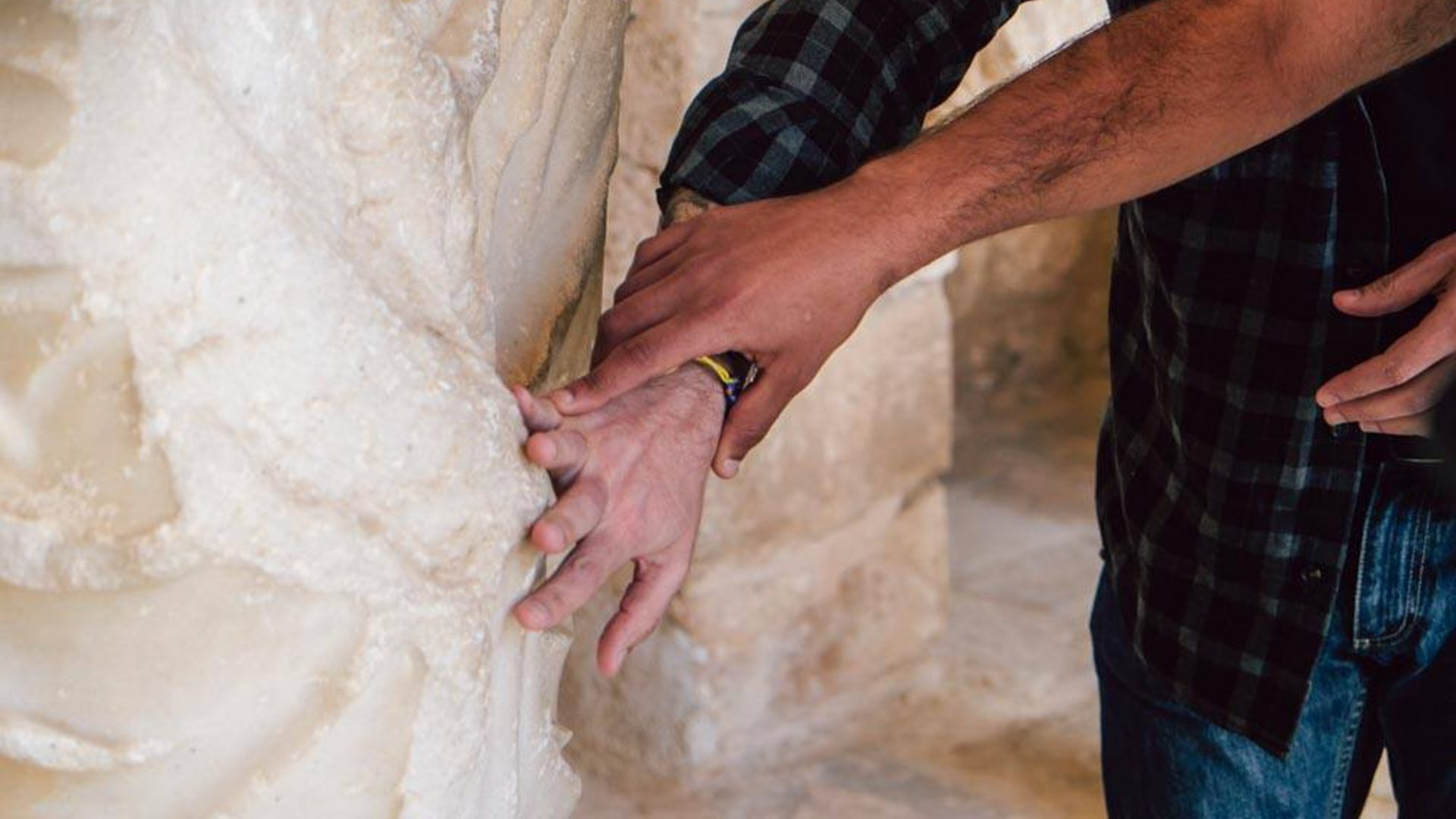
Editor’s note: This article was published before the coronavirus pandemic, and may not reflect the current situation on the ground.
In 2019, blind traveler Ryan Knighton visited Jordan with travel writer Matthew Teller on a journey led by sound, taste, touch and smell. They talk to Meera Dattani about what made it so special—and why the World Heritage Site of Petra left Ryan underwhelmed.
Ryan Knighton has traveled a lot—but without the one sense many people rely on the most: Sight. And while he acknowledges that much exists to encourage someone like him to travel, does it go far enough?
“Most museums offer audio tours with helpful descriptions of objects,” he says. “That’s cool and fine. But I could be at home listening to that same information. So if a museum is about looking at objects as much as learning about them, that part remains inaccessible to me. This isn’t the fault of museums, of course.”
Meanwhile, Ryan, who’s based in Vancouver, had been building up a friendship on Twitter with Jordan guidebook author and Middle East specialist, Matthew Teller. Matthew had recently spent the night in the Jordanian hills in a house designed to maximize the acoustics of the landscape.
The house, called Beit Al Fannan (House of the Artist), was being developed by Baraka Destinations, an organization that’s developing rural tourism in Jordan. Matthew knew he’d just stayed somewhere special—he had to get this story out.
He quickly put two-and-two together. Ryan, an advocate for going beyond ‘accessibility’, creating highly sensory experiences for blind travelers, and who’d already written and spoken about his travels and experiences, had to come to Jordan.
Adventure.com caught up with the duo to find out more about the trip, traveling blind, and what ‘accessibility’ really means in the 21st century.
